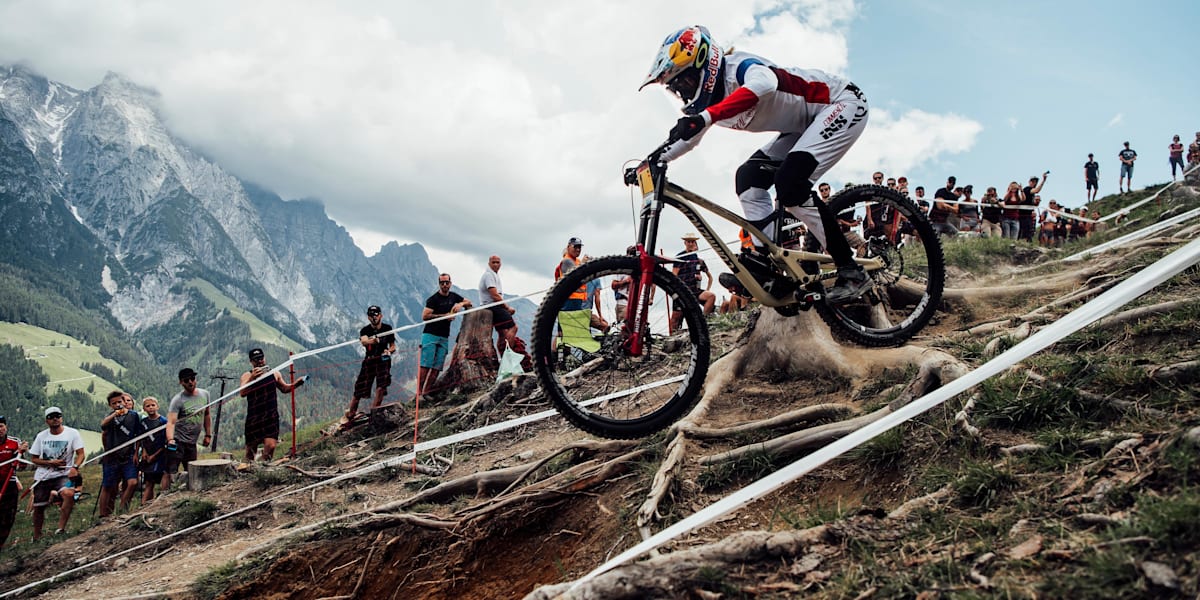Mountain biking has grown into a well-known sport over the past decade. Whether you are new to mountain biking or riding for years, understanding how to buy the right mountain bike can be overwhelming with all the brands and models available. This article will provide three suggestions on what to take into consideration when buying your next mountain bike.
Think about where you’ll be riding your bike. Bikes specifically designed for downhill racing aren’t ideal when you just want to enjoy a leisurely ride around town. Consider bikes better suited for street riding if this is the situation.
The kind of terrain you will most likely ride onis if it’s mostly smooth or hilly terrain then you’ll need less many suspensions in your bicycle frame. If the terrain is mostly technical that are characterized by roots and rocks, then you’ll need more suspension.
The other is to consider what type of riding you enjoy the most. There are numerous mountain bikes on the market, so selecting a bike that is suitable for your riding style is important. Also, you should consider the best size of bike for you. Bikes come in lots of different sizes from small (XXS), medium (XS) and large (L) to extra-large (XL). The best way to select a bike is according to how tall you are.
Thirdly, think regarding the amount you’d like spend. The higher quality bike you buy the more you’ll be spending. Mountain bikes can cost from $300 up to $10,000 (or even more for top premium racing bikes). Be realistic with your budget.
It’s a good idea to put aside just a few hundred dollars when you are just starting out. In this way, if you don’t love biking, you won’t have to lose as much money.
How to find good mountain bikes?
The first step is to decide on the types of styles you are interested in. You can pick between full suspension or hardtail as well as the size (small medium, large, small).
The most important factor to consider when choosing a mountain bike is the size of your body. When you’ve found the perfect fitting, you’ll be able to take into consideration all factors.
To figure out the right size bike you should get take a measurement of your inseam. You can do this by sitting against a wall with a book between your legs and making a mark on the top of the book where the book ends, and measuring from that mark to the ground.
Here are a few of the other queries you may want to ask:
Where can you ride your bike? Dense forests, open fields roads, or even rocky trails? What obstacles could you expect to face? There are rocks, roots and hills.
How often will you use it? It’s crucial to take into consideration the amount of weight your bike will carry if you plan to use it for everyday commutes. Are you looking for a bike that you will be able to use as your primary mode of transportation?
Now you can start looking to find specific features:
Frame Material:
Aluminium: Good value, lightweight, and affordable, but more prone to becoming off-balance than carbon or steel. Also, it requires regular tuning. Carbon fiber: Very expensive, light, and more stiff than aluminum. However, it does not require the same amount of tune-ups, however it might still require being adjusted following a crash.
Steel: durable and strong stronger than other metals; more heavy than
Components The rear derailleur the part that moves between the different gears. The front derailleur determines which gear is utilized. Brakes: They break on both the parts of the bicycle. Wheelset: What you connect your tires to with; they are available in standard and disc designs. Saddle: The seat that rests on the top of the bike
Handlebars extend from the center and attach to the forks on the front and are available in different designs like straight or down-turned, as well as flared Drop bars that are common on road bikes and great for off-roading when you choose the correct dimension.
Gearing system How many gears would you like? 7 9 or 21?
What type of shifting mechanism is best for you?
How many rings are present on your crankset (the part that connects the pedals to the crankset)? The crankset (the part that connects to the pedals) is equipped with how many rings?
In the end, understanding how to buy mountain bikes can be overwhelming, but using these basic tips will make things less complicated.
If you want to learn more, click mountain biking tips
